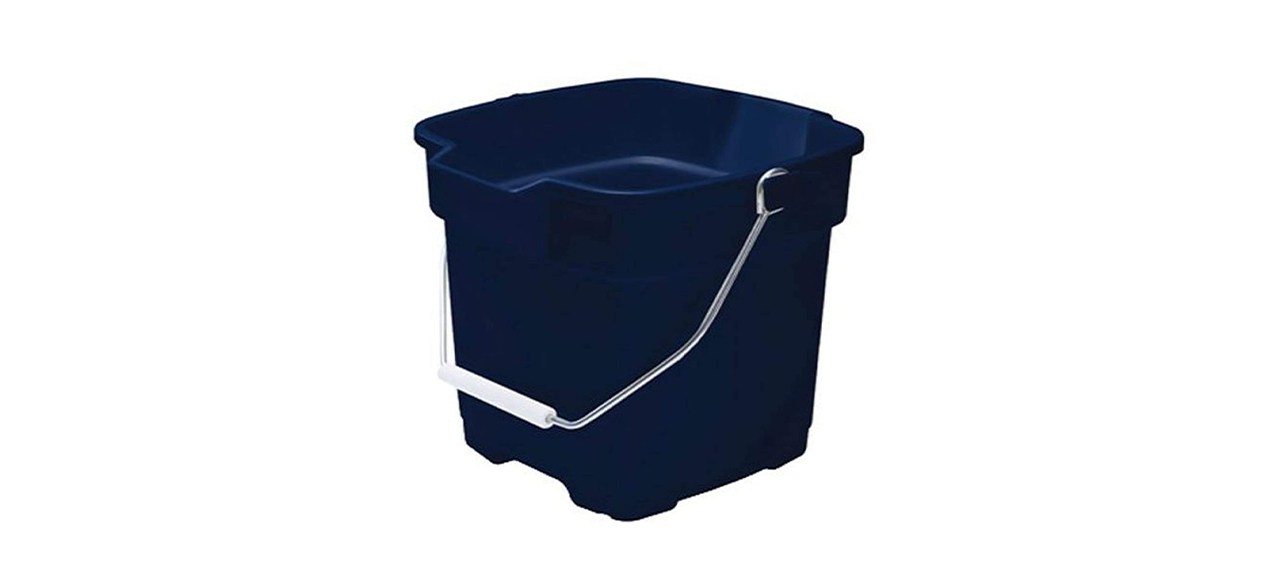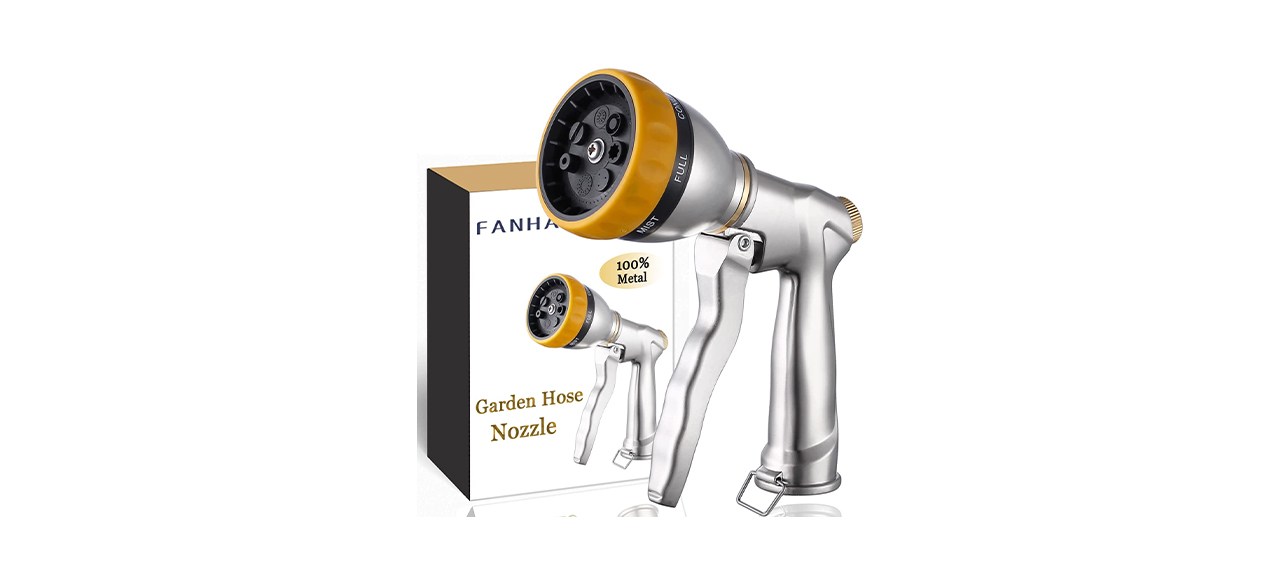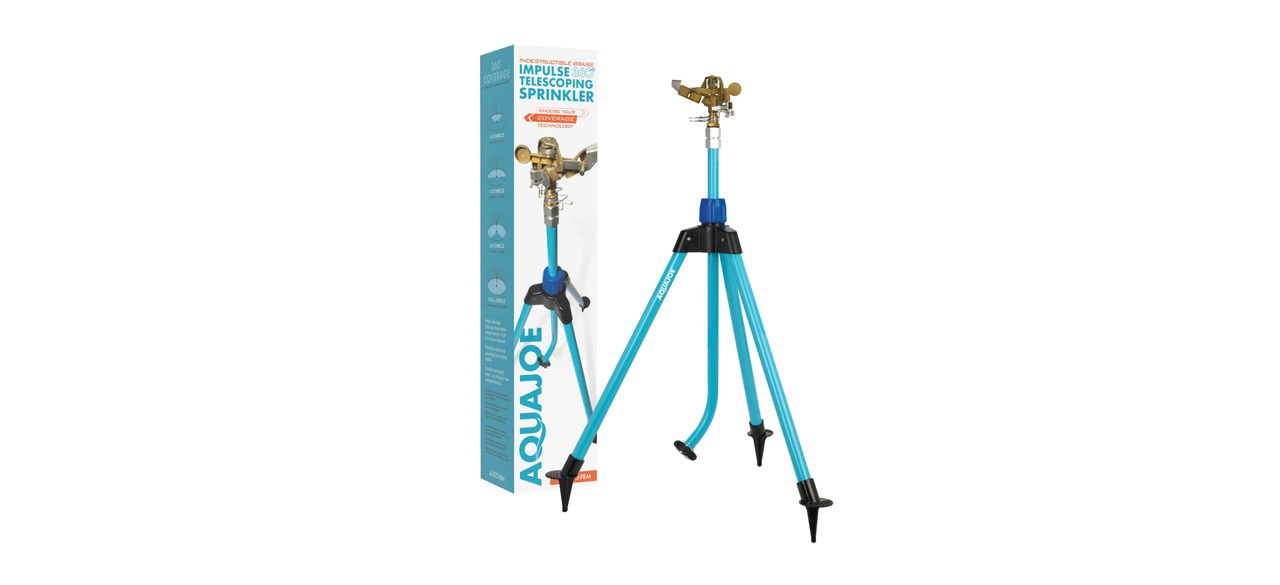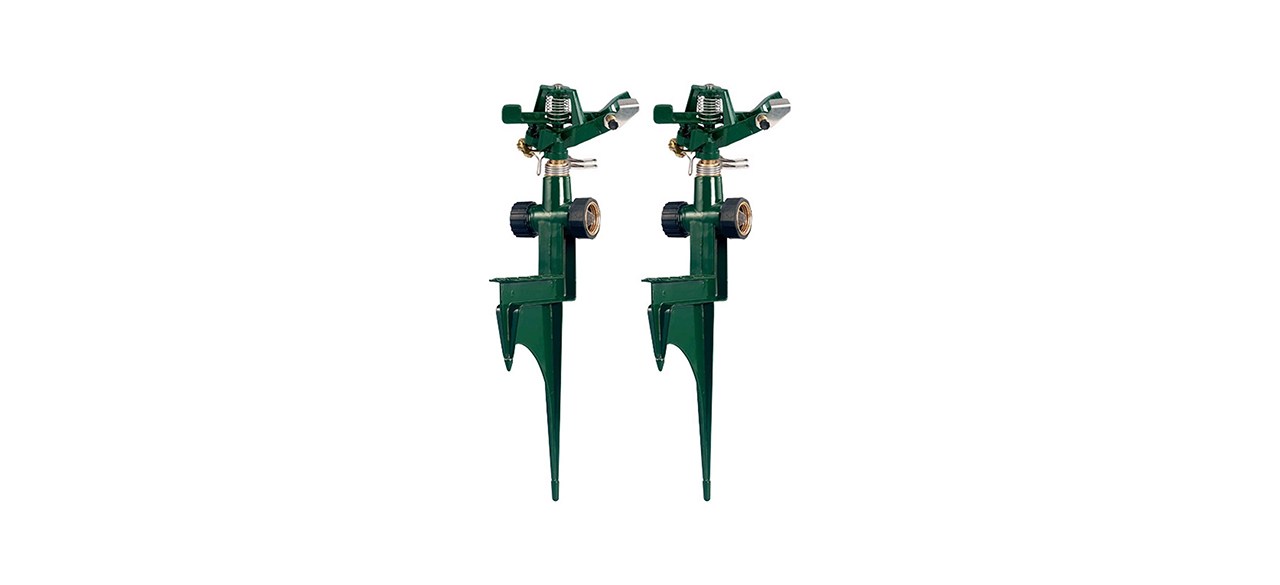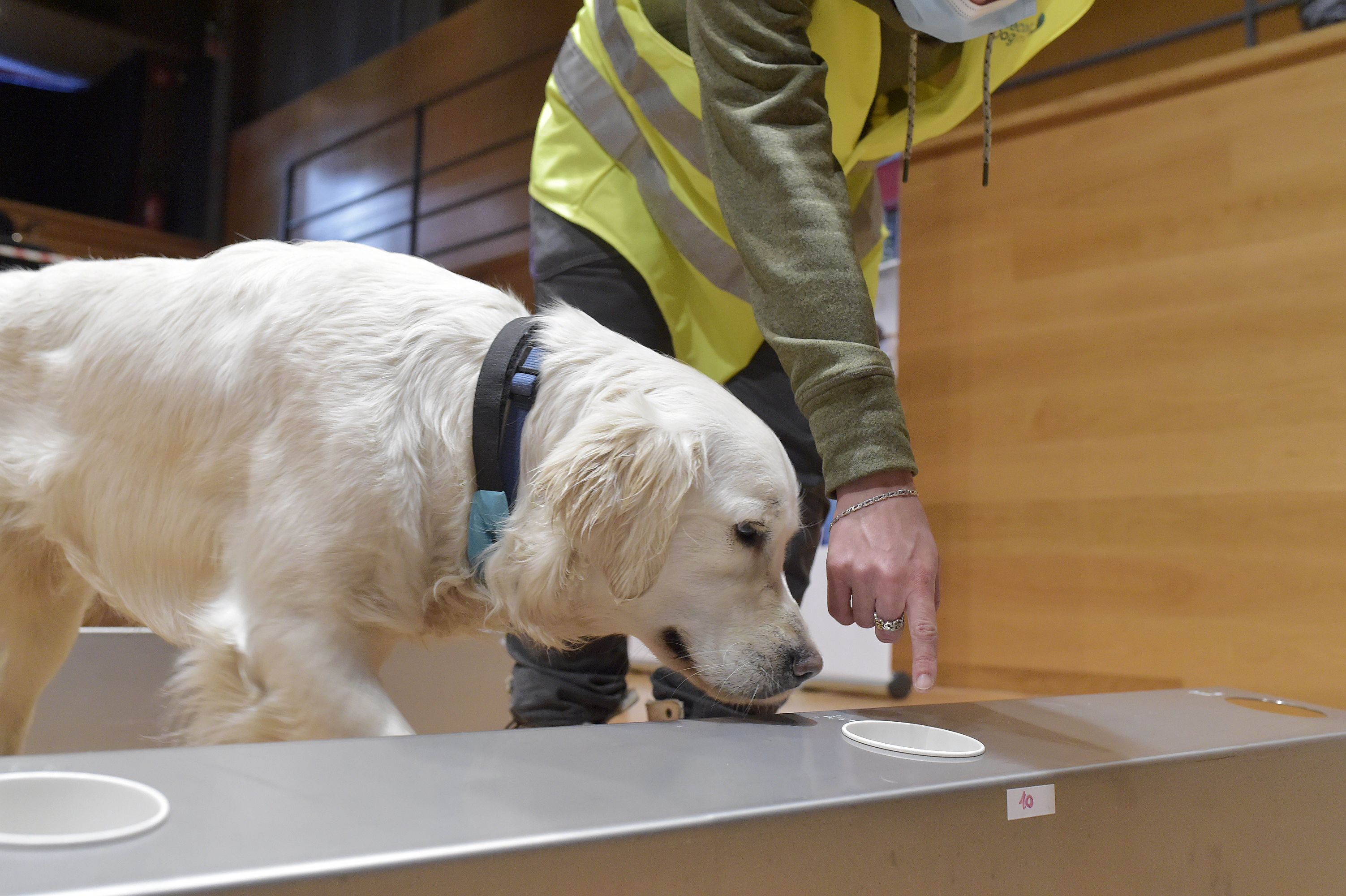Tips for watering the grass
IN THIS ARTICLE:
- Orbit Single-Outlet Hose Watering Timer
- FANHAO Garden Hose Nozzle Sprayer
- Aqua Joe Indestructible Telescoping Tripod Sprinkler
If only maintaining a healthy green lawn was as simple as throwing down some seed and letting the grass take care of itself. The reality is that grass takes careful, consistent maintenance to keep it lush year-round. A critical part of that care is regular watering. But how long should you water grass? And how often?
Why is it important to water your lawn?
All plants need water, but there is such a thing as too much or too little water. Many species of grass commonly used for lawns are susceptible to under or overwatering.
- Underwatering: Without regular watering, grass begins to die. When this happens, your lawn becomes dry, brown and patchy. While rainfall provides water for your grass, it still needs regular watering in warmer months.
- Overwatering: Too much water also is bad for your grass. When the soil becomes waterlogged, the grass becomes susceptible to disease and can rot.
What to consider for your lawn watering schedule
Soil type
Some soil types are more dense and absorbent than others. This can affect how long the water stays in the soil and how deeply it penetrates.
For example, clay soils retain water, while sandy soil loses moisture more quickly. So sandy soil requires more frequent watering for a shorter duration.
Grass type
There are two main categories of grass: cool-season grasses and warm-season grasses. Different grass types grow at different rates and fall dormant at varying times of the year. So you’ll need to plan your watering schedule around the grass type of your lawn.
- Cool-season grasses: These include bluegrass, fescue and rye. They typically require more water than warm-season grasses. Cool-season grasses usually need around 1 1/2 to 2 inches of water per week during their active season, in spring and fall. But they only need a half-inch per week in summer and, where you can water in the coldest months, in winter.
- Warm-season grasses: These include St. Augustine, Bermuda or centipede grass, and are are active throughout the summer. They require between 1 and 1 1/4 inches of water during the active season and only an eighth of an inch during the winter.
Lawn age
There is a difference in water needs between a newly seeded lawn, a young lawn and a mature, established lawn.
- Newly seeded: Before the seeds germinate, maintain moisture within the top inch of the soil without drowning the seeds. Rather than watering a couple of times a week with a sprinkler, use a spray bottle to mist the grass a couple of times a day.
- Young: Once grass seeds germinate, and the lawn is about 3 inches high, move from daily misting to watering twice a week.
- Mature: These lawns require less frequent watering but for a longer duration, letting the water penetrate the soil without becoming soggy. Watering twice a week for a more extended period lets the water penetrate approximately 6 inches of soil to keep your grass healthy.
Climate and weather
During hot weather, your lawn needs more water to stay healthy. Warmer temperatures and hot sun can dry out the soil and your grass. In contrast, continuing your regular watering schedule during frequent or heavy rainfall can lead to overwatering.
When in doubt, take a sturdy implement such as a screwdriver and push it gently into the soil. If it easily descends 6 inches into the earth, your lawn receives the right amount of water.
What time of day should you water your lawn?
The best time is when the temperature is cool. If you water when the sun is at its highest, the water can evaporate before it has the chance to sink into the soil. So for best results, water early in the morning, before the temperature rises.
While you can water in the late afternoon, it’s best if the grass is dry before dark. Leaving your lawn damp overnight can let rot set in.
How long should you water your lawn?
Once you’ve assessed the grass, soil and climate to understand how much water your lawn needs per week, it’s time to calculate the right duration and frequency of watering.
First, you need to test how much water your sprinklers distribute per hour. Place several identical containers around your lawn.
Rubbermaid Roughneck Square Bucket
The container can be a bucket, plastic container or anything else you can use to collect water. The most important factor is that all containers are the same size.
Sold by Amazon
Next, turn your sprinklers or sprinkler system on for 20 minutes. Then, take a ruler and measure the water depth collected in each container. Calculate the average depth in inches and multiply the average depth by three. This calculation will tell you how many inches of water your sprinklers distribute per hour.
Now, use this measurement to calculate how long you should water your lawn each week. Divide the amount of water your grass needs per week by the hourly output of your sprinklers.
Let’s say your grass needs 1 inch of water per week, and your sprinkler distributes 2 inches of water per hour. This means you need to run your sprinkler for 30 minutes per week.
Orbit Single-Outlet Hose Watering Timer
Many types of grass require watering twice per week. In this instance, you would set a sprinkler timer to run for 15 minutes twice per week.
Sold by Amazon
Lawn watering methods
Garden hose
FANHAO Garden Hose Nozzle Sprayer
You can attach a sprinkler nozzle to your garden hose and water the lawn manually for small to moderate-sized yards. Make sure to spread the water evenly over the grass and carefully calculate the watering duration before starting.
Sold by Amazon
Sprinkler system
Sprinkler systems are the easiest method for watering a lawn. Once you’ve calculated the correct duration and frequency for your grass, set the timer accordingly.
What you need to buy for watering your lawn
Aqua Joe Indestructible Zinc Impulse 360-Degree Telescoping Tripod Sprinkler
This elevated tripod sprinkler provides a high level of customization for lawns up to 1,390 square feet. The sprinkler simulates natural rainfall and evenly distributes water throughout the spray area.
Sold by Home Depot
Orbit Zinc Impact Sprinkler on Zinc Spike
With this sprinkler, you can adjust the spray for partial or complete coverage. It’s ideal for small lawns with an area of up to 85 square feet. You can also reduce the spray distance to cover the exact area of your lawn.
Sold by Amazon and Home Depot
Want to shop the best products at the best prices? Check out Daily Deals from BestReviews.
Sign up here to receive the BestReviews weekly newsletter for useful advice on new products and noteworthy deals.
Lauren Farrell writes for BestReviews. BestReviews has helped millions of consumers simplify their purchasing decisions, saving them time and money.
Copyright 2023 BestReviews, a Nexstar company. All rights reserved.

